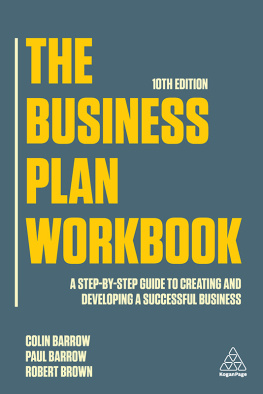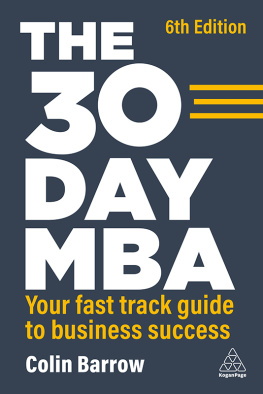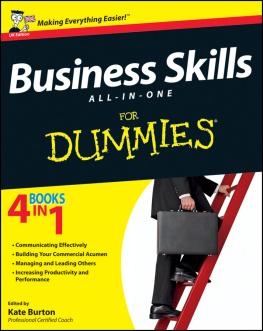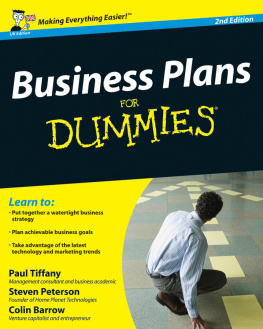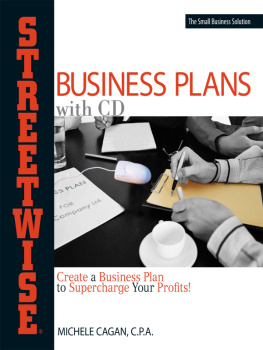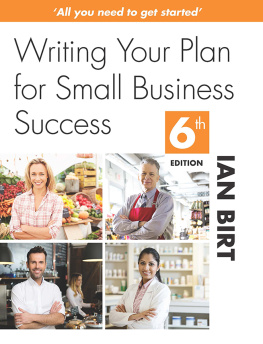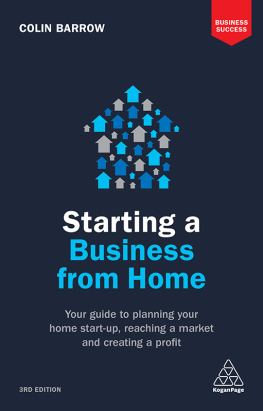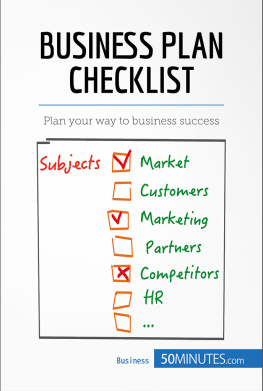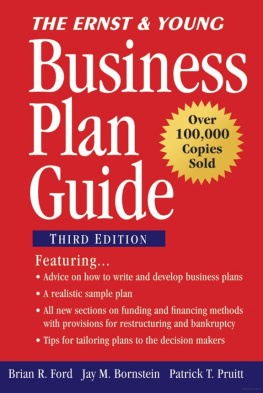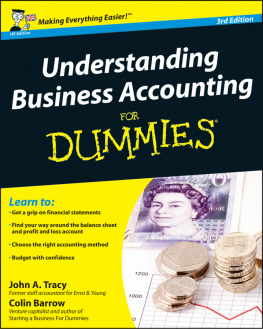
Contents
Landmarks
List of Figures
List of Tables
Page List
The Business Plan Workbook
Contents
LIST OF FIGURES
LIST OF TABLES
Contrary to a popular misunderstanding, starting and running a business, while certainly risky, is not excessively risky. Though the probability of failure is relatively low, the consequences can be catastrophic. You can literally lose your shirt! The way to mitigate this danger is adopt that most healthy of business habits planning. The military who came out of the recent pandemic with flying colours have as a core discipline never to undertake any task without first making a plan.
In this workbook we have distilled the knowledge and experience of the faculty at Cranfield School of Management and other world-renowned business schools in teaching the many thousands of students, business executives, entrepreneurs, public sector managers and those charged with running charitable, not-for-profit and social enterprises, who have taken part in enterprise programmes. Entrepreneurs who have prepared business plans on programmes at Cranfield include Lord Bilimoria (Cobra Beer), Nick Jenkins (Moonpig), Sarah Willingham (Lets Save Some Money), Mark Butler (PCL Ceramics Limited, recipient of the 2013 Queens Award for Enterprise for outstanding performance in International Trade), Deepak Kuntawala (DVK Deepak, named Global Entrepreneur of the Year 2013 at the TiE UK Awards The Indus Entrepreneurs is the worlds largest not for profit dedicated to supporting and fostering entrepreneurship) and Kenneth White (Frosts Ltd, listed as one of the 1,000 companies to Inspire Britain by the London Stock Exchange Group). Big business, too, has played its part in adding to Cranfields business planning experience. John McFarlane, Chairman at Barclays PLC and Warren East, CEO at Rolls-Royce, are amongst the schools distinguished alumni.
Business planning is at the core of organizational and business strategy and is the essential precursor whether you are starting a new business, expanding an existing one, gaining approval for funding for a project, securing a grant or even entering a competition such as Dragons Den. Over the years we have developed and tested this method of helping people to research and validate their proposals, and then to write up a business plan themselves.
Towards the end of each programme we invite a distinguished panel of senior bankers, venture capital providers and others involved in appraising proposals for external support of various kinds to review and criticize each business plan presentation. Their valued comments have not only spurred our programme participants to greater heights, but have given the faculty at Cranfield a privileged insight into the minds and thought processes of the principal providers of capital for new and growing enterprises.
This workbook brings together the processes and procedures required by the relative novice to write a business plan. Also included throughout are examples from the business plans of entrepreneurs and others who for the most part have gone on to start up successful enterprises.
In addition, we have included criticisms, warnings and the experiences of backers, investors and of recently successful entrepreneurs when they have a direct bearing on writing and presenting a business plan.
We dont pretend to have made writing up business plans an easy task but we do think we have made it an understandable one that is within the grasp of everyone with the determination to succeed.
Thousands of students have passed through Cranfields business planning programmes going on to make their mark in business, charities and the public sector in this country and around the world.
The workbook contains 26 assignments that, once completed, should ensure that you have all the information you need to write and present a successful business plan. That is, one that helps to accomplish your objective, whether it is to gain a greater understanding of the venture you are proposing to start and its viability, to raise outside money or gain support for your proposals from senior levels of management. Throughout the book the term entrepreneur has been used interchangeably with innovator, manager, champion and similar terms used in a wide range of organizations in both the profit and not-for-profit sectors. The definition of entrepreneur is that of someone who shifts resources from a low to a higher level of value added; this is the defining characteristic of almost everyone who writes a business plan regardless of the nature of their organization, actual or prospective.
The workbook does not set out to be a comprehensive textbook on every business and management subject finance, marketing, law, etc. Rather, it gives an appreciation as to how these subjects should be used to prepare your business plan. The topics covered under each assignment will often pull together ingredients from different academic disciplines. For example, elements of law and marketing will be assembled in the assignment in which you are asked to describe your service or product and its proprietary position (patents, copyright, design registration, etc).
For some of the assignments you will almost certainly need to research outside the material contained in this workbook. However, technical explanations of such subjects as cash flow, market research questionnaire design and break-even analysis are included.
The assignments are contained in seven phases that, as well as having a practical logic to their sequence, will provide you with manageable chunks either to carry out yourself at different times, or to delegate to partners and professional advisers. While it is useful to make use of as much help as you can get in preparing the groundwork, you should orchestrate the information and write up the business plan yourself. After all, it is your future that is at stake and every prospective financier will be backing you and your ability to put this plan into action, not your scriptwriter.
The seven phases are:
Phase 1: Strategy and purpose
Here you should describe your organization, innovation or business idea so far as you have already developed it. In particular, explain your aims, objectives and eventual aspirations.
Introduce your management team, yourself included, and show how your skills and experiences relate to this venture.
Describe your product or service, its current state of development or readiness for the market, and whether or not you have any proprietary rights such as a patent, copyright or registered design.
Phase 2: Market research
This involves identifying the data needed both to validate the need for what you are proposing and to decide upon the best start-up or growth strategy. In this phase you will be encouraged to gather market research data from as many sources as possible. Particular emphasis will be laid on researching customer needs, market segments and competitors strengths and weaknesses. The appropriate research methodology and data sources are also described.
Phase 3: Competitive marketing strategies
This involves planning how you will operate each element of your business, based upon the information collected and analysed in earlier phases. In relation to your chosen product or service, the market segment(s) you plan to serve and the competitive situation, you will decide on such factors as price, promotion, location, and channels of distribution.
Next page
